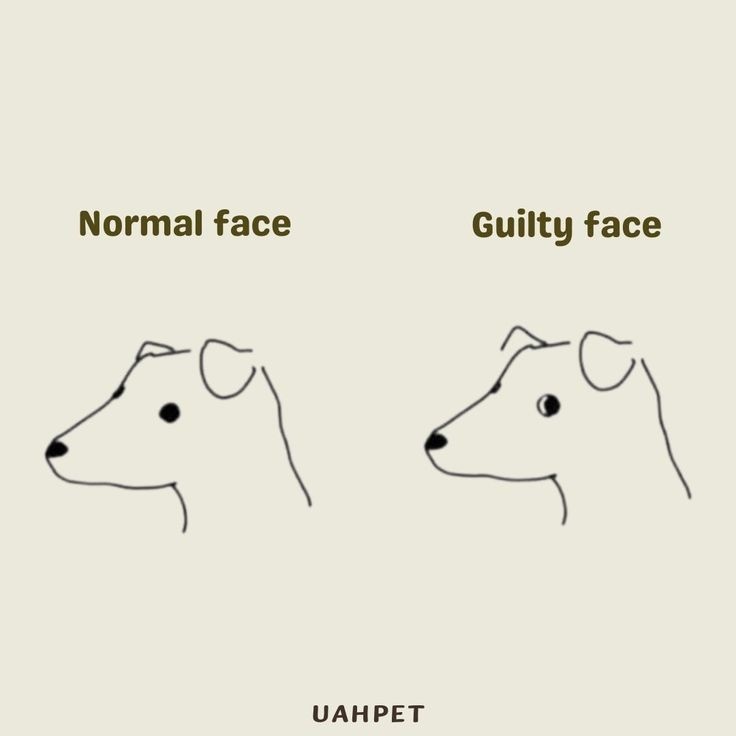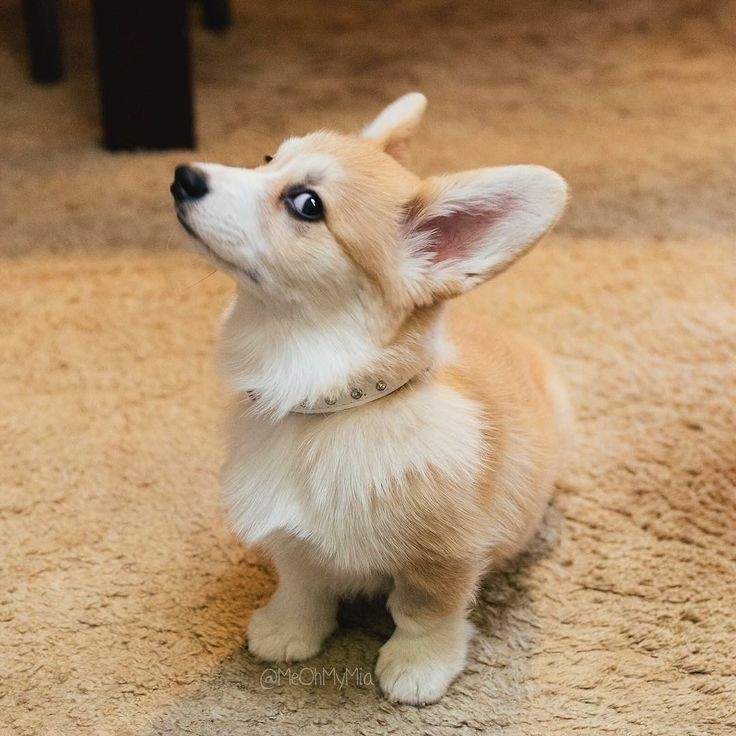Introduction.
Dogs are surprising compatriots, but occasionally their geste can leave us grazing our heads. One of the most interesting and frequently perplexing actions dogs flash is side-eyeing. This is when a dog looks at a commodity or someone with a sideways glance, often companioned by a certain vehemence in their expression. In this composition, we’ll explore why dogs side-eye, how to interpret it, and what it tells us about their spirit and passions. Whether you are a dog proprietor or exclusively fascinated by beast geste, you’ll want to understand the nuances of this quirky canine expression.
What Does It Mean When a Dog Gives You a Side-Eye?
Side-eyeing dogs are a common or garden presence, but what does this geste mean? When your dog looks at you from the corner of their eye, they might not be giving away a dirty face. More frequently than not, this expression signals that your dog is uncertain about the commodity passing around them. It’s the shape of a non-verbal message that helps dogs express their passions without getting too direct. The side-eye could indicate that your dog is feeling hovered, nervous, or exclusively curious about a situation. Gathering this behavior is crucial to making your dog feel safe and secure.

Why Do Dogs Give You the Side-Eye?
Dogs are masters of messages, and the side-eye is one of the ways they express their feelings without making direct eye connections. The side-eye may be an expressway for your dog to show off caution or a gesture of disinclination. In some cases, dogs exercise side-eyeing as a reaction to a situation that makes them feel uncomfortable or doubtful. For case, when a dog is neared too snappily by a foreigner, they might side-eye to show off they aren’t entirely comfortable. It’s also important to note that some dogs will side-eye when they want concentration or when they’re uncertain about a commodity in their terrain, like a new object or sound.
How to Fete the Side-Eye Behavior
Feting the side-eye is relatively simple once you see what to look for. Your dog will cock its head hard and channel its eyes towards you, but the aspect won’t be completely forth. rather, their eyes will feel to be skimming at you from the side. This is frequently accompanied by other body language cues similar to expressed cognizance, a wagging train, or a stiff posture. In numerous cases, side-eyeing will be during moments of pressure or distraction. By paying close concentration to your dog’s body language, you can understand their spirit and what they’re trying to give.
The Link Between Side-Eyeing and Dog Anxiety
One of the most common garden reasons dogs exhibit a side-eye is perturbation. precisely like humans, dogs experience pressure in nonidentical ways, and their behavior frequently reflects this. However, they might give you a side-eye as an expressway of signaling that they aren’t comfortable with the current situation If a dog is anxious or frightened. Whether it’s a new environment, strange people, or sonorous bowwows, side-eyeing can be an expressway for your dog to manage with passions of unease without showing off truculence. In this environment, the side-eye is a subtle hint that they need reassurance or a break from whatever is causing their perturbation.
Understanding Dog Body Language During Side- -Eyeing
Dog body language is pivotal for interpreting their feelings, and the side-eye is precisely one number of the mystification. When a dog gives you the side-eye, it’s important to pay concentration to the rest of their body. Are their cognizance ago? Is their train between their legs? These physical cues can support you more understanding if your dog is feeling spooked, uncertain, or indeed protective. A side-eye paired with a relaxed body posture might indicate curiosity, while an anxious body and side-eye may suggest that your dog is on the bite. By mastering to read these gesticulations, you can respond meetly to your dog’s passional country.
Side-Eye in Dogs Is It a Sign of Aggression?
While side-eyeing is generally a gesture of query or curiosity, it can occasionally be associated with aggression. However, they may exercise a side-eye to see whether a situation is safe If a dog feels hovered or possessed. In this case, side-eyeing is frequently accompanied by other ambitious body language, similar to bared teeth, growling, or a stiff posture. It’s important to discern between the nonidentical manners of side-eyeing so that you can respond accordingly. However, it’s stylish to give your dog some room and shake encouraging them further, If you note gesticulations of truculence along with the side-eye.
How to Reply When Your Dog Gives You a Side-Eye
When your dog gives you a side-eye, it’s important to understand that they’re trying to live with you. However, try to quiet them down by stating vocally and giving away them some room, If your dog is side-eyeing due to perturbation or query. shake making unforeseen motions or eye connection, as this can make your dog feel more stressed out. rather, take a relaxed path and have your dog come to you at their own pace. By responding to their cues with tolerance and understanding, you can support your dog to feel more secure in their terrain.
Common Reasons Dogs Side-Eye
There are several reasons why dogs might fascinate in side-eyeing geste. Let’s explore some of the most common garden causes
- query: When dogs are doubtful about something in their environment, they might side-eye to change the situation.
- perturbation: Stressful situations, similar to strange people or sonorous bowwows, can make a dog feel anxious, leading to a side-eye.
- Curiosity occasionally, side-eyeing is exclusively a gesture of curiosity. Dogs may exercise the side-eye to probe something that catches their concentration.
- Discomfort: Dogs that feel physically uncomfortable or hovered may side-eye as an expressway to express their apprehension.
- Seeking Attention: Dogs might also side-eye as an expressway to getting your concentration, especially if they feel overpassed or want a commodity.
What to Do If Your Dog Is Constantly Side-eyeing You
still, it’s important to pay concentration to the underpinning cause, If your canine seems to side-eye you frequently. However, it may be a gesture that your dog is feeling uncomfortable in their environment If the side-eye is companioned by other gesticulations of perturbation or distress. In this case, call making changes to support reduced pressure, similar to furnishing a quiet room or introducing positive underpinning training. still, if the side-eye is episodic and doesn’t feel to beget your canine torture, it may exclusively be a quirky behavior that they exercise to give with you.

Side- Eyeing Dogs and Their Social Behavior
Dogs are gregarious animals, and their behaviors often reflect their relations with humans and other animals. Side-eyeing can be a subtle expressway for tykes to give with you, especially when they’re doubtful about how to respond to a situation. It might be their expressway of spanning your response before determining how to bear it. This gesture is frequently discerned in dogs that are still mastering to trust their terrain or humans. In similar cases, the side-eye can be discerned as a step toward erecting confidence in their social interactions.
Is Side-Eyeing a Normal Behavior for Dogs?
Yes, side-eyeing is a fully usual behavior for dogs. Dogs exercise a variety of body language signals to express their feelings, and side-eyeing is exclusively one of the numerous ways they give. While it may feel unusual to us, tykes calculate these non-verbal cues to tell us how they’re feeling. However, it’s important to call their common behavior and the environment in which the side-eye occurs, If your canine constantly side-eyes. This can support you more understanding whether it’s a gesture of curiosity, perturbation, or something else.
Side- Eye vs. Direct Eye Contact in Dogs
Understanding the disparity between side-eyeing and direct-eye connection is essential for interpreting your dog’s feelings. When dogs make direct eye connections, it can be a gesture of dominance or affection, depending on the environment. In discrepancy, side-eyeing is frequently a more subtle, cautious gesture that indicates query or a letch to shake confrontation. By paying concentration to your dog’s aspect and body language, you can more determine whether they’re feeling confident or insecure. Knowing how to read these signals will support you respond meetly to your dog’s needs.

Difference Table Side- Eye vs. Direct Eye Contact in Dogs
| Behavior | Side-Eye in Dogs | Direct Eye Contact with Dogs |
|---|---|---|
| Meaning | Uncertainty, curiosity, or discomfort | Affection, dominance, or trust |
| Body Language | Tense body, raised ears, cautious posture | Relaxed body, soft gaze, calm posture |
| Context | This can occur in stressful or unfamiliar situations | Typically seen in confident, secure dogs |
| Duration | A quick, fleeting glance | Longer gaze, sometimes prolonged |
| Owner’s Response | Give space, observe closely | Respond with affection or confidence |
FAQs
Q1 Why does my dog side-eye me?
Your dog may side-eye you out of curiosity, query, or perturbation, especially if a commodity in the environment is causing them to feel uneasy.
Q2 Can side-eyeing mean truculence?
While side-eyeing is generally not ambitious, if it’s connected with growling or bared teeth, it could indicate discomfort or implicit truculence.
Q3 How can I tell if my dog is nervous when side-eyeing?
Look for other gesticulations of anxiety-like panting, drooling, or an anxious body. However, they may be stressed, If your dog exhibits these.
Q4 Does side-eyeing mean my dog doesn’t like me?
No, side-eyeing doesn’t mean your dog dislikes you. It’s more likely a gesture of curiosity, query, or an attempt to give to you.
Q5 How should I respond if my dog side-eyes someone else?
still, it might be a gesture they’re doubtful or nervous, If your dog side-eyes another person. have them time to acclimate and make prolusions sluggishly.
Conclusion
In conclusion, side-eyeing dogs are simply utilizing a shape nonverbal message to express their passions and emotions. Whether they’re feeling uncertain, nervous, or inquisitive, side-eyeing is a subtle but important expressway for dogs to interact with their environment and their mortal compatriots. By observing your dog’s body language and the environment in which the side-eye occurs, you can understand their needs and emotions.
if you intestine in any information click here.

